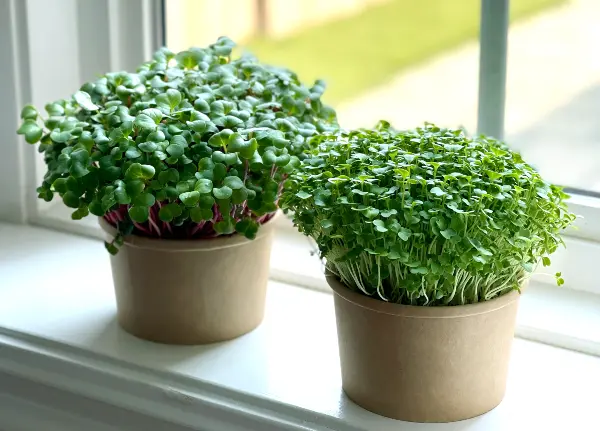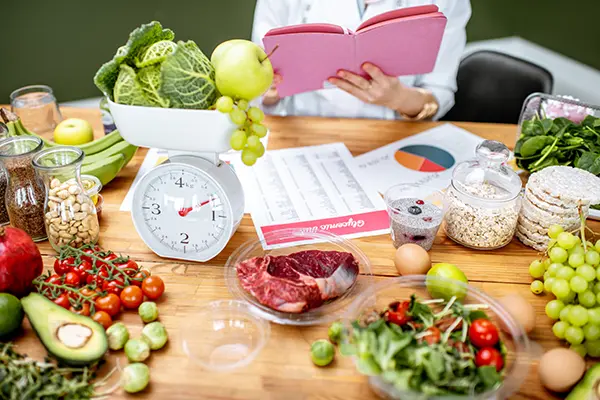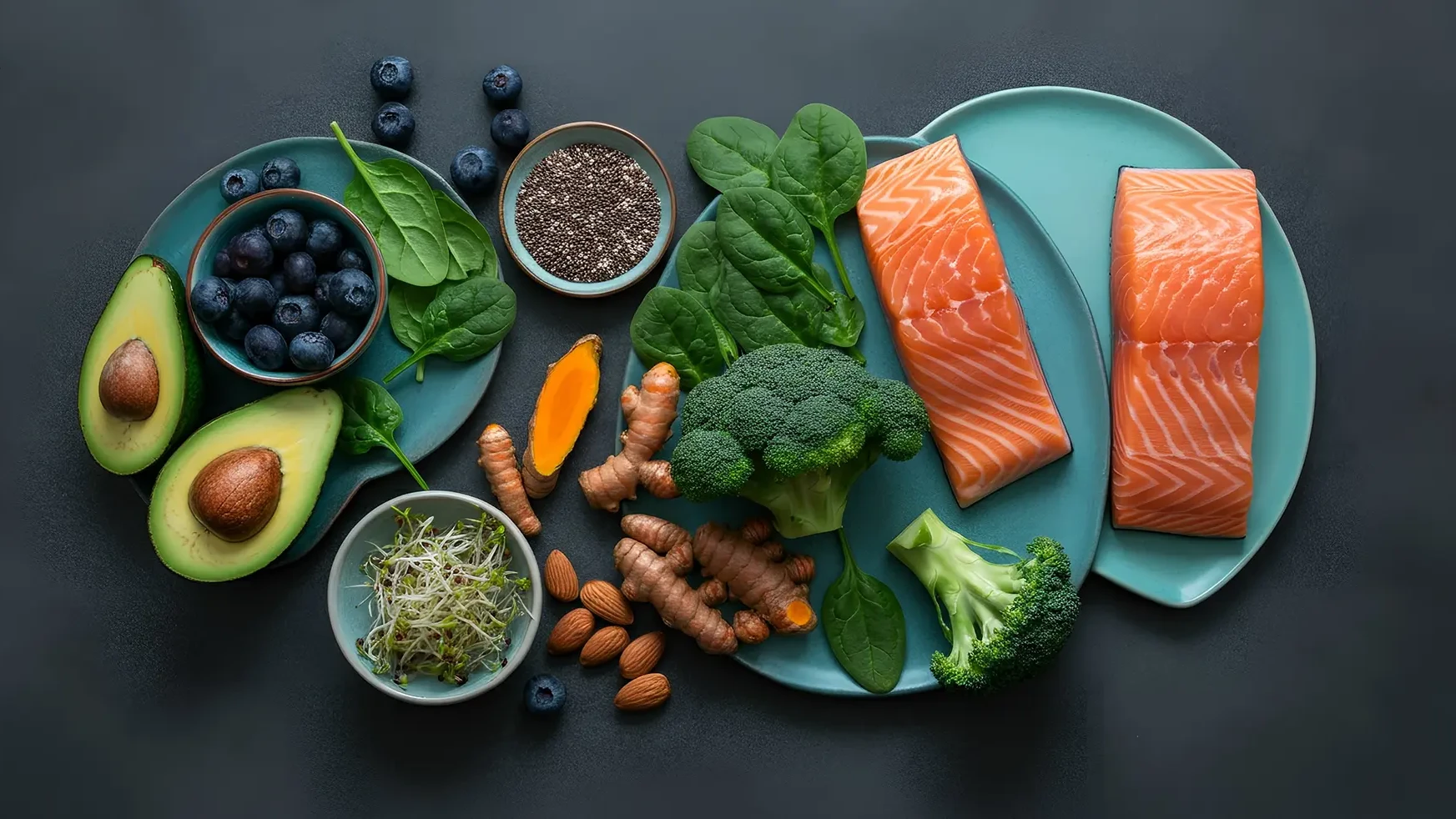Living with diabetes can feel challenging, but small daily choices can make a meaningful impact. While medication and doctor guidance are key, everyday habits — what you eat, drink, and how you move — play a major role in keeping blood sugar steady. This guide offers simple, practical tips you can start using today.
Note: This is general wellness information, not a replacement for medical advice. Always consult your healthcare provider before making changes to your diet or lifestyle.
Smart Eating Habits
How you eat is just as important as what you eat:
- Eat smaller, balanced meals regularly instead of skipping meals.
- Fill half your plate with non-starchy vegetables.
- Pair carbs with protein or healthy fats to slow sugar absorption.
- Watch portion sizes to avoid blood sugar spikes.
Incorporating a few microgreens or leafy greens into meals is a simple way to add vitamins, minerals, and antioxidants without extra carbohydrates.
Lifestyle Habits That Help

Daily routines affect blood sugar just as much as food:
- Walk for 20–30 minutes after meals to improve glucose use.
- Aim for 7–8 hours of restful sleep each night.
- Manage stress with deep breathing, stretching, or meditation.
- Stay hydrated with water throughout the day.
Simple Food Swaps

Choosing healthier alternatives helps manage blood sugar without giving up flavor:
- Swap white rice for brown rice, quinoa, or cauliflower rice.
- Replace sugary drinks with water, sparkling water, or unsweetened herbal tea.
- Choose nuts, seeds, or roasted chickpeas instead of fried snacks.
- Add fresh greens, young shoots, or microgreens to meals for extra nutrients and fiber.
Some microgreens especially useful for blood sugar support include:
- Broccoli Microgreens – may improve insulin sensitivity.
- Fenugreek Microgreens – traditionally used to help post-meal glucose control.
- Sunflower Microgreens – rich in protein and magnesium for steady blood sugar.
- Peas Microgreens – high in fiber and antioxidants, support digestion.
- Kale Microgreens – packed with vitamins and fiber to aid glucose regulation.
- Radish Microgreens – contain compounds that support healthy insulin function.
These can be sprinkled into salads, sandwiches, wraps, or smoothies for an easy, natural nutrient boost.
Daily Tips to Make It Easier

Small adjustments make healthy choices more sustainable:
- Keep healthy snacks like carrot sticks, nuts, or boiled eggs ready.
- Prep meals ahead of time to avoid last-minute temptations.
- Use smaller plates to naturally control portion sizes.
- Add a handful of microgreens or fresh young shoots to meals for an effortless nutrient boost.
- Track how different foods make you feel and adjust accordingly.
Staying Balanced with Small Steps
Managing diabetes doesn’t mean perfection — it means consistent, daily habits that support your body. Start with one or two changes, like swapping sugary drinks or adding a small serving of microgreens to your meals. Over time, these simple, steady choices lead to better blood sugar balance and improved overall wellness.
FAQ
Opt for complex carbs such as whole grains (e.g. oats, quinoa, brown rice) and non-starchy vegetables. These release glucose more slowly into the bloodstream, helping to prevent spikes. Pair them with protein or healthy fats to further moderate blood sugar.
Fiber (especially soluble fiber) slows digestion and glucose absorption, helping control blood sugar. A general target is 25–30 g of fiber per day (or more, as tolerated). Focus on vegetables, legumes, whole grains, nuts, and seeds.
Yes, fruits contain natural sugars, but many are also rich in fiber and phytonutrients. Choose lower-glycemic fruits like berries, apples, or citrus, and eat them alongside protein or fat (e.g. berries with Greek yogurt) to blunt sugar absorption.
A useful strategy is plate-based: fill half the plate with non-starchy vegetables, a quarter with lean protein, and a quarter with whole grain or starchy carb. Also include a modest portion of healthy fat (e.g. olive oil, nuts) to slow absorption.
Some key habits include:
- Regular physical activity (e.g. walking after meals)
- Staying well hydrated
- Getting adequate, quality sleep
- Managing stress
- Monitoring blood glucose levels to see how your body responds to foods and habits
Greens powders can provide extra vitamins, minerals, and antioxidants. However, they should complement—not replace whole foods. Also, people with diabetes should monitor their blood sugar carefully when starting any new supplement and consult their healthcare provider, especially if they are on medications.
Affiliate Disclaimer
Please note that some links on this site are affiliate links, meaning I may earn a small commission if you click on them and make a purchase, at no additional cost to you.As an Amazon Associate, I earn from qualifying purchases. Rest assured, I only recommend products and services that I truly trust and believe will provide value to you.
Daily Wellness
Explore more from Daily Wellness at Little SuperGreens - featuring nutrition tips, wellness hacks, and daily habits to strengthen health and boost energy.







